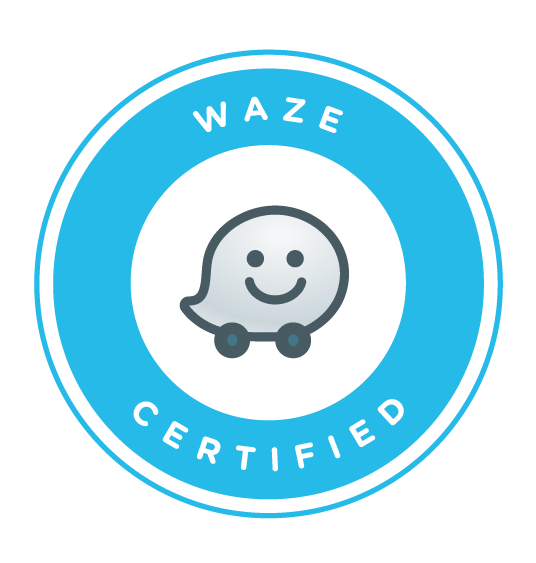I’ve finally got it!
Like many new social platforms it sometimes takes a while to see their value.
Everyone has been shouting about Pinterest for some time and for many it’s been hard to make a use case.
There’s no disputing it’s popularity, the growth figures alone vouch for that.
But for me it’s where does a service like Pinterest fit in amongst the other networks a business has to manage?
You don’t want to be left behind, but that isn’t reason enough to sign up for every new shiny toy.
So Where Is The Value?
Quite simply, it’s Bookmarking!
Some Pinteresting Facts
Pinterest was born in 2009 launching in closed-beta in March 2010, but now you can request an invite or secure one from a friend. According to Hitwise data by December 2011 Pinterest became one of the top ten social networks with 11 million visits per week.
By January 2012 Pinterest had 11.7 million users according to comScore making it the fastest site in history to gain 10 million unique users. Now it is touted as driving more referral traffic than, Google+, YouTube and LinkedIn combined.
With stats like these you can see why I was eager to find a way for it to work.
One Way To Use It
At first Pinterest can seem like any other photo sharing application, Flickr or Instagram for example. Whilst it can be used in a similar way by taking photos and uploading to the web, one of the great properties of Pinterest is the ability to link to sources directly from the image.
I was a heavy Delicious user back in the day, curating and tagging all of my bookmarks making the available wherever I was online. Like many others I got spooked and moved on when Yahoo were looking to close the service down. Until now I have transferred all my bookmarks to Evernote, keeping them openly available to me across the web.
These bookmarks exist in a closed environment, which is great for privacy but not so good if I want to share stuff. Whilst this is possible it’s not the easiest process and not what Evernote was built for.
Pinterest to the Rescue
This is where Pinterest comes in.
I can use it in a similar way to Delicious, “Pinning” my bookmarks to “Boards” in place of links to categories and adding detailed descriptions. It also makes the bookmarking experience more visually attractive. Tagging is missing, and would be a welcome future addition allowing more granular filtering, but the added benefits outweigh this minor detail.
Added Value
So I now have a valid business case for Pinterest, it becomes my bookmarking tool of choice. With browser extensions, web site plugins and mobile Apps it is really easy to use anytime.
The added benefit is that I am curating content that others may find of interest, they may then follow me or re-share my bookmarks, raising my profile. According to RJMetrics 80% of pins are re-pins, highlighting the viral effect of the platform. I can also curate my own content driving traffic to my networks, and I get to take part in one of the fastest growing social environments with no additional cost in time. I was bookmarking in any case.
Allowing me to keep up with the trend, learning how to leverage the platform and take advantage of any future innovation. So now the process begins of transferring my relevant bookmarks and adding new ones to Pinterest.
Have you found an interesting use for Pinterest?






